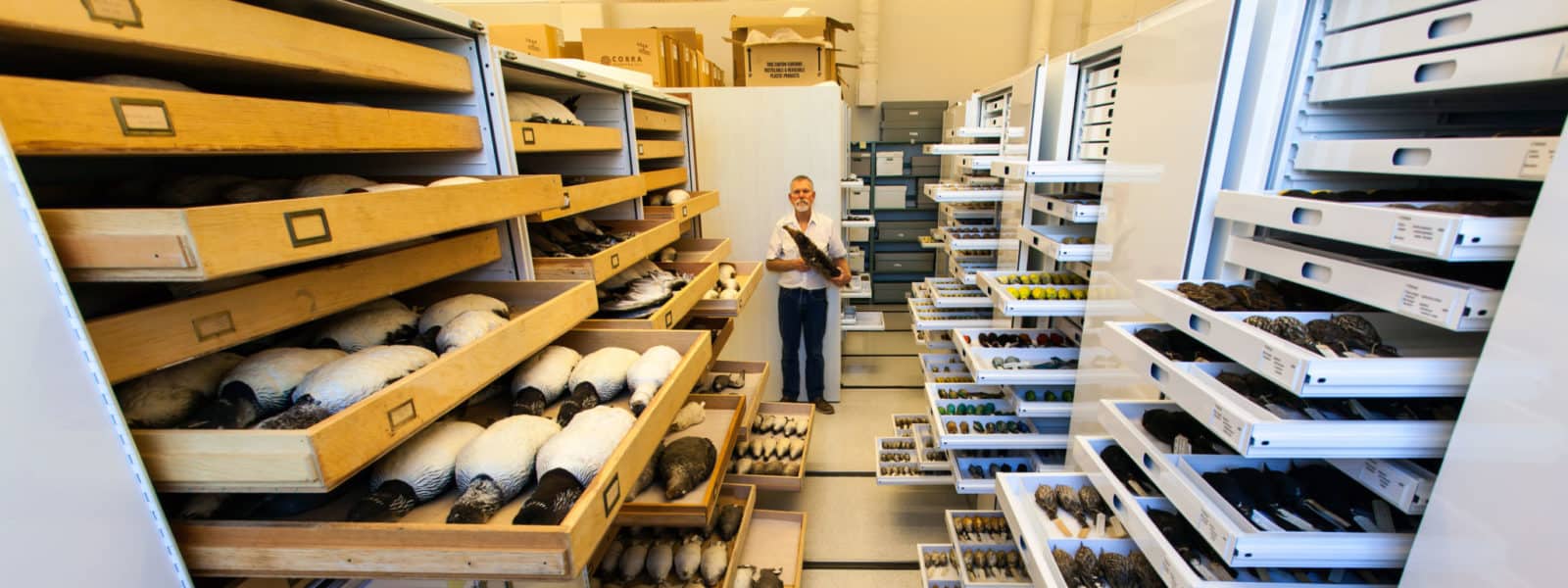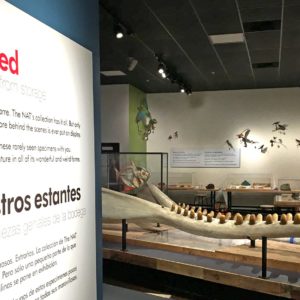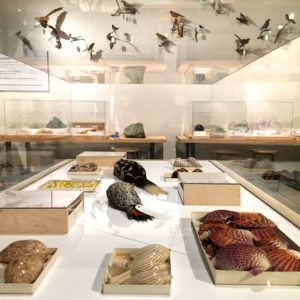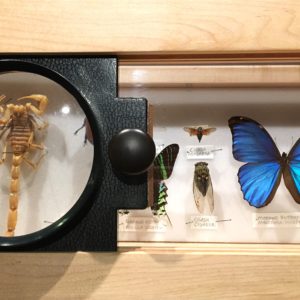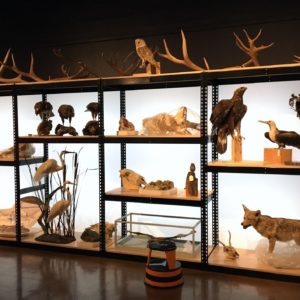Within the walls of the San Diego Natural History Museum (The Nat) are more than 8 million specimens in their combined collections. That’s right: nearly 8,000,000 individual birds, mammals, insects, spiders, plants, fossils, reptiles, amphibians, marine invertebrates, and minerals.
These collections represent an unparalleled treasure trove of local plants, animals, and fossils amassed over a span of more than 140 years (since 1874 when the institution was established). As such, they tell a unique and rich story. A narrative about the historical ebb and flow of the Southern California and Baja California natural environment.
Like every other story, the critical value lies in the details, because every specimen has data associated with it: the species name, the date, the geographic location, who collected it, other species nearby, and other significant information. By mining the richness of this data, museum scientists can see the big picture, spot trends, or unravel mysteries that would otherwise go unsolved. It is this wealth of data that allows us to monitor the temperature of our local environment’s health.
How does The Nat’s collection help research scientists spot changes occurring? One example would be in the museum’s birds and mammals collection, as Curator of Birds and Mammals Phil Unitt (pictured above) points out as he pulls out drawers of specimens of Brewer’s blackbirds. Brewer’s blackbirds are very common in our urban environment at many parks and outdoor food courts in San Diego. Over the last 50 years, Brewer’s blackbirds have begun showing deformed feet and toes. Earlier specimens in the collection look normal, but more and more birds collected recently show deformities caused by a mite infestation that can cripple the birds. If we did not have the specimens from early collections to compare with more recent ones, we would have no way to document this profound change that does not bode well for this particular species, as well as related species showing this condition in our urban environments.
Rare species of plants seen only in the earliest collections in The Nat’s botany department are an irresistible challenge, luring Curator of Botany Dr. Jon Rebman to embark on a difficult treasure hunt. Did this particular plant disappear altogether, or is it still out there somewhere? No specimens of Palmer’s bladderpod had been documented since 1884 in Baja California. But recently, Jon was searching in the Sierra de Juarez area and successfully rediscovered Physaria palmeri, first collected by Charles Orcutt 133 years ago. In part, this was because Orcutt’s field notes in the museum’s archives mentioned other species of plants that were found nearby, giving Jon clues of how to solve the mystery. Plant detectives love this kind of challenge!
The Nat’s collections do not merely tell us the names of the plants and animals that live here, they also help us learn more about protecting our extraordinary biodiversity. Environmental researchers monitor the survival of the endangered species of Quino checkerspot butterflies in San Diego County, and in order to do so, they visit the museum’s entomology department to study the drawers of specimens for this particular insect. As is true of all species, including Homo sapiens, there is variation within the species so it is not enough to have just a very few specimens to look at. The field technicians study the specimens and learn what characteristics correctly identify that particular butterfly separating it from similar species.
Visiting behind the scenes in The Nat’s collection areas can be awe-inspiring; to see the colors and variety of form, size, anatomy, shapes, and structure revealed in nature is dazzling and makes one appreciate the huge wealth we all share and treasure in our local natural heritage. Unshelved: Cool Stuff from Storage gives visitors a taste of that inspiration by displaying previously unrevealed examples of beautiful and bizarre specimens that have been stored away. The exhibition is now open, and the museum is open daily from 10 AM to 5 PM. For admission rates and additional information, please visit their website.
